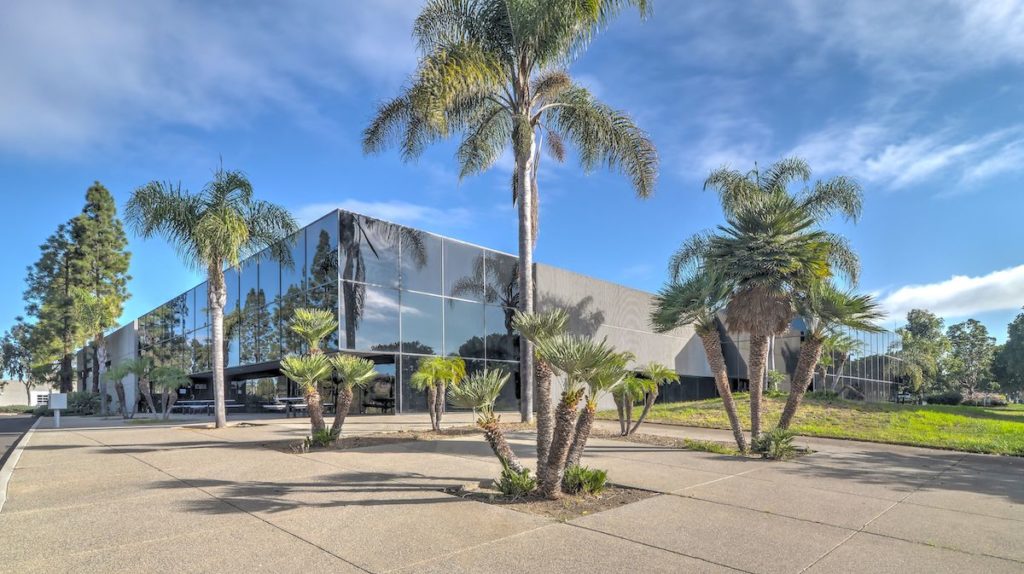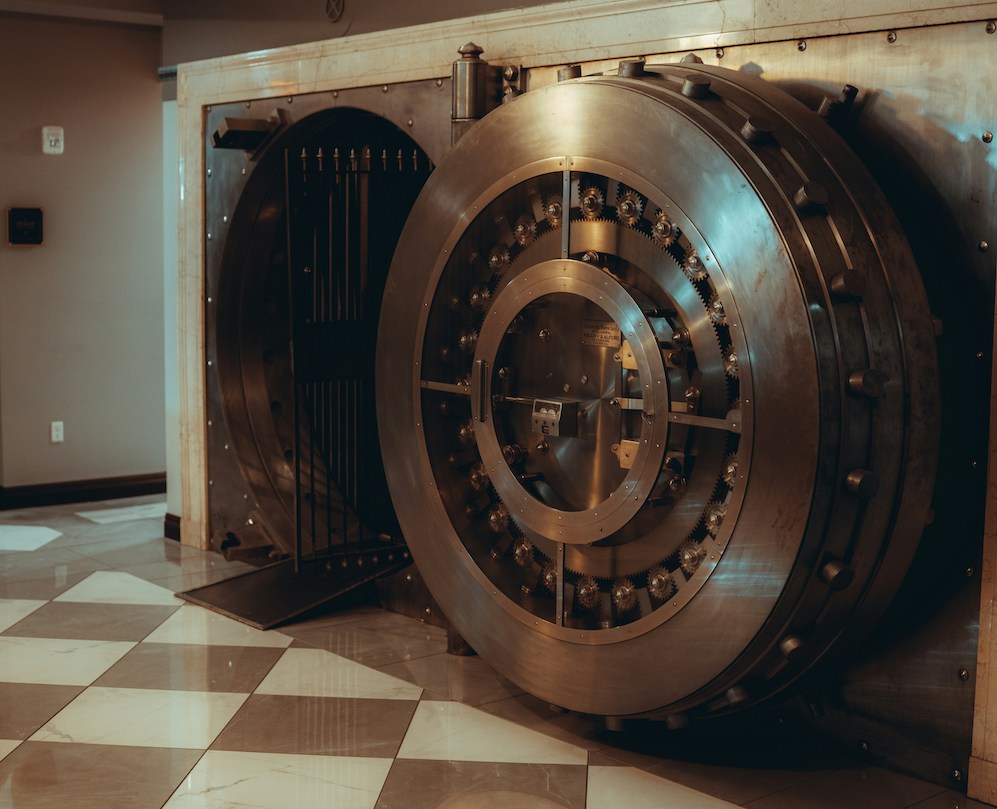In our past two posts we have been discussing the first of the 3 phases of the Wealth Cycle, Wealth Creation.
In this initial phase, we tend to take on more risk and experiment with different investment vehicles and strategies. We can do that because we are generally younger and have the time to make mistakes and recoup our losses. It isn’t a license to be reckless with our decisions. Rather, it just means we have time to recover from investments that don’t pan out. In the wealth creation phase we stay focused on new opportunities that can help us create a broader base to build on as we move through life.
Read the Previous Posts in This Series:
Now on to the second phase; Wealth Preservation. In our most recent post, we told you about helping out our friend, Rob, the owner several industrial buildings with his father. Rob, was still in the wealth creation phase and preferred to refinance the properties to fund the acquisition of additional assets. His father, who is in the wealth preservation phase, was content to enjoy the cash flow from the debt-free and fully leased buildings. Rob’s dad was in his early 80’s at the time and had accumulated enough wealth to enjoy his current lifestyle. Unlike Rob, he wasn’t willing to take on the risk of refinancing the property, reducing his cash flow and taking a chance on feeding the property if tenants were lost while there was debt to service. That posture defines the wealth preservation mentality, and that is to take a safer and more defensive approach to managing investments.

In the case of Rob and his dad, neither of them wanted to sell their properties. They just had different uses for them. They both understood the underlying value of the buildings and both had good historical perspective on owning industrial buildings in Orange County. So, their respective strategies were built on the same fundamentals. In the end, Rob acquiesced to his father’s wishes and abandoned his plan to refinance and acquire additional property and they both still enjoy solid cash flow today.
Now, let’s take a harder look at wealth preservation. In the case of Rob’s dad, he chose to maintain ownership of the properties, which still, even in the best of circumstances, involves risk. But he was happy with the long term leases in place with good credit tenants, and the properties had decades of good rental income history. They were also debt free, which, in his mind, mitigated the impact of potential vacancy. That said, many of us remember the 40% to 50% slide in property values that started in 2008. They didn’t name it the Great Recession for nothin’. It was ugly and let’s hope the next down cycle is kinder to us all. Our team was on the front line back in 2008 and we are not particularly fond of the idea of a do-over. But, what we hope for has nothing to do with what will actually happen the next time the market hits the brakes. Hopefully, it will be orderly and less severe, and that hard-fought gains will not disappear as they did the last time around.

We can now look back on the third quarter of 2022 as the top of the upcycle that began in earnest back in 2011. Since then prices have remained near that peak due to lack of supply and in spite of a doubling of mortgage interest rates. How long prices will remain elevated is still an unknown, but there’s clearly more risk that prices will correct to the downside than to the upside given current economic constraints. So, let’s assume for the moment that the market does indeed correct in late 2024. And, let’s also assume that market values pull back roughly 25%, a reasonable assumption if inflation persists and Fed policy keeps mortgage rates at or slightly above where they are now. That means a building worth $400 per square foot today would be worth $300 per square foot at the bottom of the next cycle. A decline of that magnitude is worthy of any investor’s attention.
Now let’s assume that the owner of a certain 20,000-square-foot building in Anaheim is 66 years old, has owned his own business since the 1980’s and bought his building 28 years ago for $60 per square foot. That means he paid $1,200,000 for a building that is now worth $8,000,000. Good for him, and good for you if this hypothetical scenario resembles your current situation. But, a 25% correction would equate to a $2,000,000 loss of equity. Ouch. If you were this investor, what would you do? Good question.
If we assume the peak of the next cycle to be 10 years from the peak of this cycle, our building owner would have to hold the building until age 76 to recoup the value lost during the correction (without adjusting for inflation). However, if he sold the property before the correction, he could realize a massive gain, stash a pile of cash in insured accounts or US Treasurys and not put himself at risk of losing hard-fought gains. After all, he worked hard to get where he is today, and he took risks in the wealth creation phase to get there.

This is an owner profile that is very common today, but most of the investors in this situation refuse to sell because they either see the market as having more juice in it, or are loathe to pay the taxes associated with realizing such an enormous gain. This may be something you are wrestling with yourself. While we agree the tax hit may take your breath away as you stroke those checks to the IRS and Franchise Tax Board, it may still be just what the doctor ordered if you are an investor in the wealth preservation phase of your life and/or the value of your property figures prominently in your retirement plan.
More on wealth preservation next week. Stay tuned.


Leave a Reply
You must be logged in to post a comment.